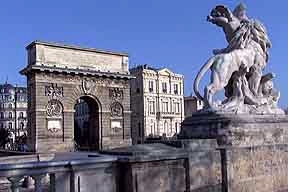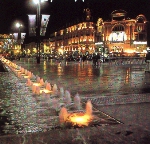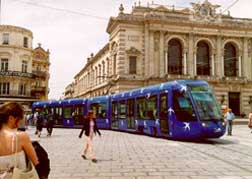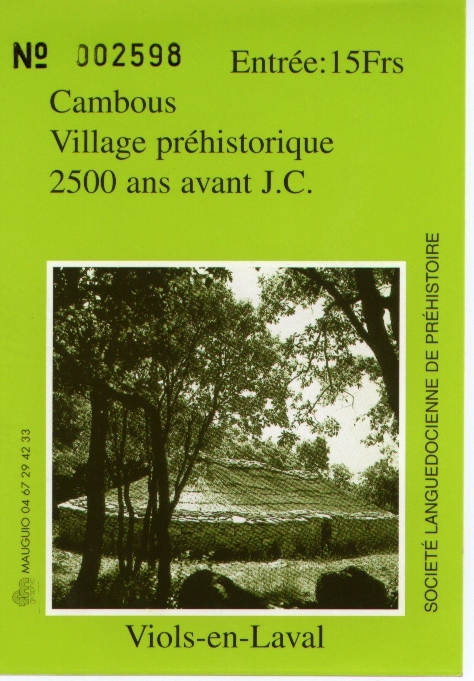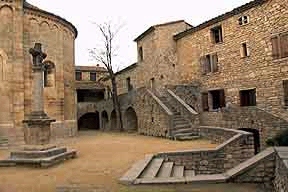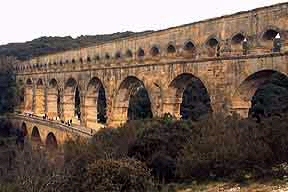The hub of Montpellier is the Place de la Comedie, known to the locals as "place de l'oeuf", here you will find the theatre and the statue "les Trois Graces" carved in white marble. There are many instances in England where Montpellier has been used to name streets and buildings, the origins of this stem from the Napoleonic Wars when many English, trapped in France, were kept in Montpellier. Upon their return to England they used Montpellier, frequently, to name roads and squares. This is the fifth largest town in France and its cosmopolitan town center contains an assortment of shops and many parks and gardens.
